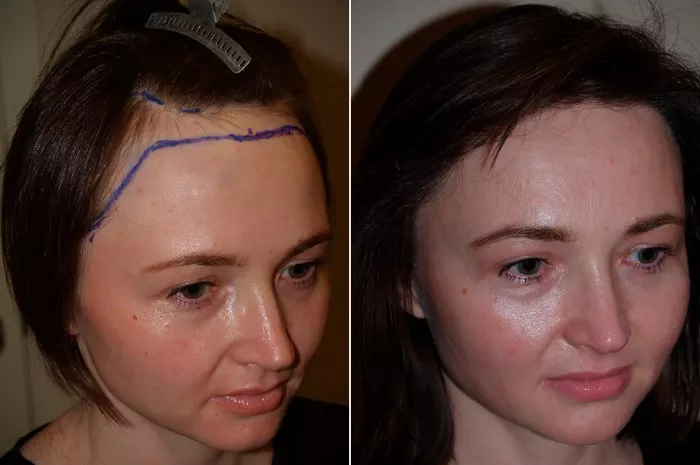Hair transplant procedures are a significant investment in restoring your confidence and appearance. After the surgery, patients often wonder when they can resume wearing a cap. In this comprehensive guide, we’ll address the common question: Can I wear a cap after 1 month of a hair transplant? We’ll delve into the details, provide guidelines, and share valuable tips for a successful post-transplant journey.
1. Immediate Post-Transplant Care: The Critical Phase
The initial days and weeks following your hair transplant are crucial for graft survival and overall success. During this time:
a. Protect the Grafts
Immediately after the procedure, the transplanted grafts are delicate and susceptible to damage. It’s essential to follow your surgeon’s guidelines to protect them from friction, sunlight, and external contaminants.
b. Avoid Wearing a Cap
In the first few weeks, refraining from wearing a cap is vital. Caps can rub against the grafts and disrupt the healing process, potentially leading to complications.
2. First Month After Hair Transplant: Patience and Care
Once you’ve successfully crossed the initial post-transplant phase, you’re likely eager to know when you can start wearing your cap. Here’s what you need to consider:
a. Consult Your Surgeon
Before resuming cap usage, consult your surgeon. They’ll evaluate your specific case, ensuring that the grafts are secure and have properly healed.
b. Gentle Cap Usage
After the first month, you may gradually reintroduce cap usage for short periods. Opt for loose-fitting caps made of soft, breathable materials to minimize friction and irritation.
3. Tips for Cap Usage After 1 Month
When you reach the one-month mark post-transplant, you can start incorporating caps into your routine. Follow these essential tips:
a. Choose the Right Cap
Select caps that are loose-fitting and made of breathable materials, like cotton. Tight-fitting or synthetic caps can rub against the grafts, leading to complications.
b. Minimize Friction
Gently place the cap on your head without causing friction or pressure on the grafts. Be especially cautious when removing the cap.
c. Gradual Increase in Time
Start by wearing the cap for short durations and gradually increase the time as you progress in your post-transplant journey. This helps minimize the risk of friction and discomfort.
d. Cleanliness is Key
Keep your cap clean and avoid sharing it with others to prevent contamination, which can be detrimental to your healing grafts.
4. Long-Term Post-Transplant Care
While wearing a cap is permissible after the first month, it’s essential to continue caring for your transplanted hair for optimal results. Here’s what you need to keep in mind:
a. Follow Surgeon’s Recommendations
Continue to follow your surgeon’s post-transplant care instructions diligently, including shampooing, moisturizing, and protecting your scalp from the sun.
b. Avoid Excessive Sun Exposure
Even with the cap, it’s essential to protect your scalp from excessive sun exposure. Sunscreen or a wide-brimmed hat can provide extra protection.
c. Be Patient
Remember that full results of a hair transplant can take up to a year to become evident. Patience is key, as the transplanted hair will go through various stages of growth and shedding before reaching its final state.
5. The Importance of Professional Guidance
Throughout your hair transplant journey, professional guidance is invaluable. Here’s why you should rely on your surgeon’s expertise:
a. Customized Care
Each patient’s healing process is unique, and your surgeon can provide personalized advice to ensure the best possible results.
b. Timely Interventions
In the event of complications or concerns, your surgeon can offer timely interventions, reducing the risk of adverse effects on your transplant.
c. Maximizing Success
By following your surgeon’s recommendations, you can maximize the success of your hair transplant, ensuring a successful and satisfying outcome.
See Also: Best Hat After Hair Transplant: Protecting Your Scalp
In conclusion
Wearing a cap after one month of a hair transplant is possible, but it should be done with care and consideration for the healing grafts. It’s crucial to consult with your surgeon for personalized guidance and follow their post-transplant care instructions diligently. With patience, proper care, and professional guidance, you can achieve the best possible results and enjoy the long-term benefits of your successful hair transplant.


